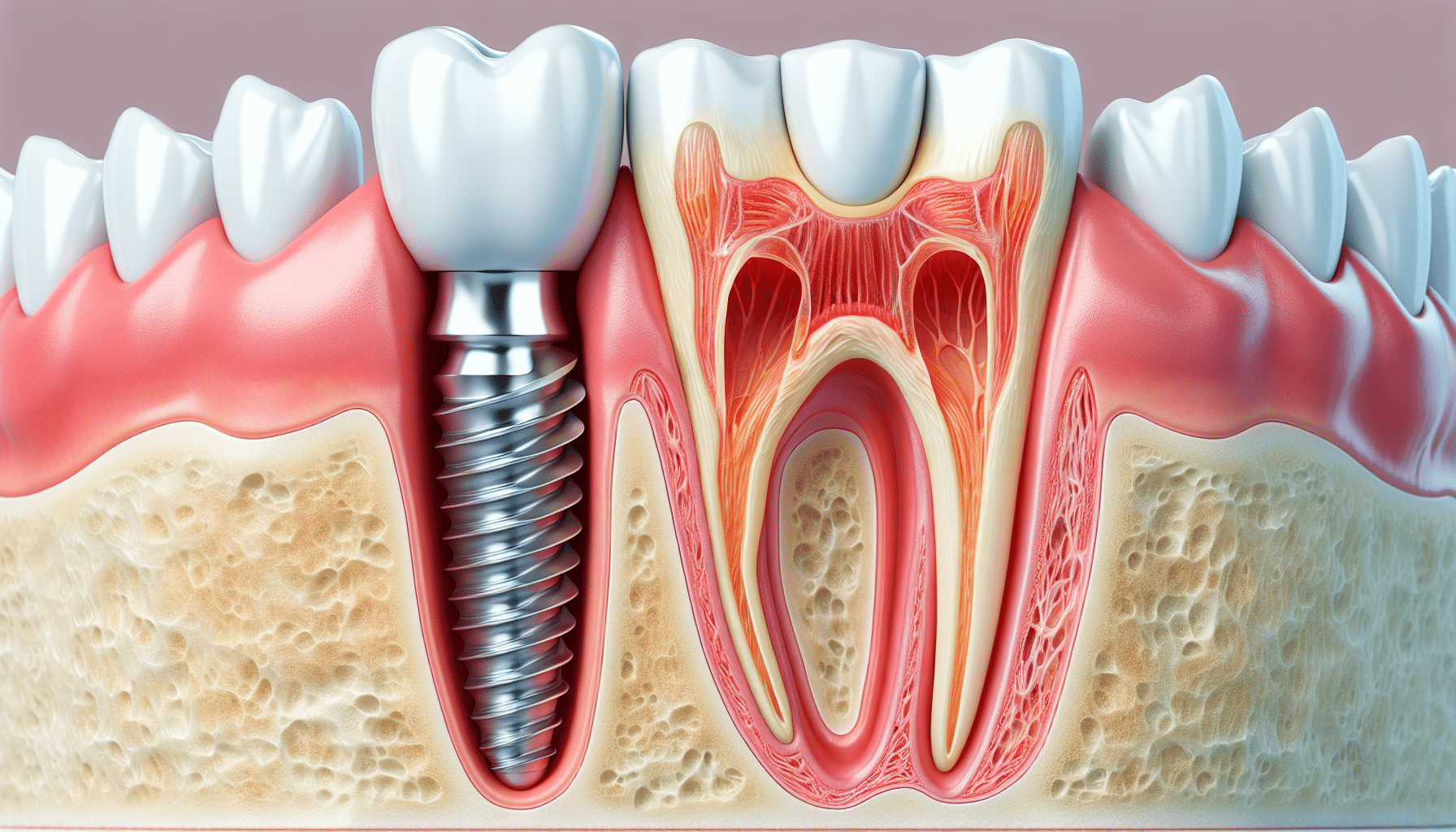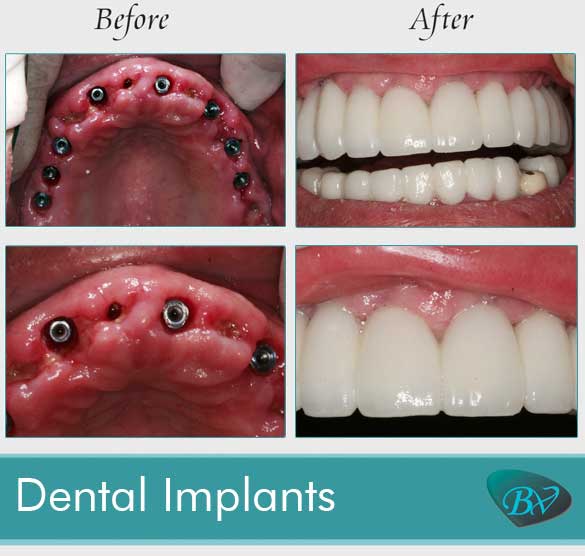The Best Strategy To Use For Dental Sense
The Best Strategy To Use For Dental Sense
Blog Article
The Basic Principles Of Dental Sense
Table of ContentsThe Ultimate Guide To Dental SenseDental Sense Things To Know Before You BuyDental Sense Can Be Fun For EveryoneHow Dental Sense can Save You Time, Stress, and Money.
are clinical tools operatively implanted right into the jaw to recover an individual's ability to chew or their appearance. They provide assistance for artificial (fake) teeth, such as crowns, bridges, or dentures. When a tooth is lost because of injury or condition, a person can experience difficulties such as fast bone loss, defective speech, or modifications to chewing patterns that cause pain.Oral implant systems contain an oral implant body and dental implant abutment and might additionally consist of a joint fixation screw. Dental implants. The dental implant body is operatively put in the jawbone in area of the tooth's root. The oral implant joint is typically affixed to the dental implant body by the joint addiction screw and expands with gums right into the mouth to support the attached man-made teeth
(https://www.avitop.com/cs/members/dentalsense1.aspx)Framework of The Dental Implant System choosing oral implants, speak with your dental service provider regarding the potential advantages and risks, and whether you are a candidate for the procedure. Points to take into consideration: Your general wellness is an important element in figuring out whether you are a great candidate for oral implants, how much time it will require to recover, and how much time the implant might remain in area.
Cigarette smoking might influence the healing process and reduce the long-term success of the implant. The recovery procedure for the dental implant body may take numerous months or longer, during which time you generally have a momentary joint instead of the tooth. the dental implant treatment: Very carefully comply with the dental hygiene instructions offered to you by your oral service provider.
About Dental Sense
Implant failure can cause the demand for another surgical treatment to repair or replace the dental implant system. Recovers the ability to chew Recovers cosmetic look Assists keep the jawbone from shrinking because of bone loss Maintains the health of the surrounding bone and gums Aids keep surrounding (close-by) teeth stable Improves top quality of life Damages to surrounding all-natural teeth throughout dental implant positioning Injury to the surrounding cells during surgical procedure, such as sinus opening Injury during surgical treatment (for instance, fracture of surrounding jawbone) Inadequate feature, such as seeming like the teeth do not attack together generally An experience that the tooth is loosened or twisting in position arising from a joint screw loosening up Implant body failing (looseness of the dental implant body) due to systemic infection, which may be more most likely in people with unchecked diabetes as a result of local infection in bone and periodontals supporting the implant body due to delayed recovery, which might be much more likely in clients that smoke Difficulty cleansing the gum tissues around the dental implant, resulting in poor oral health Untreated periodontal disease Post-surgical feeling numb as a result of nerve impingement or damage Always inform healthcare providers and imaging specialists that you have dental implants prior to any type of magnetic resonance imaging (MRI) or x-ray treatments.
FDA is not conscious of any adverse occasions reported for MRI or x-ray treatments with dental implants. Dental implants systems are usually made from materials that comply with worldwide consensus standards of the International Organization for Standardization (ISO) or ASTM International. These requirements have information of what makes a risk-free material.

A dental implant is a structure that replaces a missing out on tooth. With screw-like devices, the specialist inserts a dental implant right into the jawbone, and it functions as an anchor for an artificial tooth, called a crown. A gadget called an abutment connects the their website artificial tooth to the dental implant. The crown is personalized to fit the individual's mouth and match the shade of their teeth.
Our Dental Sense Ideas
Some individuals are not qualified for dental implant surgical treatment. It is for dental specialists to run on individuals with: acute illnessuncontrollable metabolic diseasebone or soft cells disease or infectionIf these issues are resolved, an individual can have the surgical treatment. In, oral specialists avoid from operating on individuals with: If people with any of the above go through oral implant surgical procedure, there is a higher risk of the dental implant falling short.

Oral implant surgical procedure is a customized process. Provide you time to heal. Affix the message and last crown, bridge or denture.
Next off, your specialist will carefully place the oral implant right into your jaw. Lastly, your specialist will reposition your periodontals and shut the incision with stitches. If your implant is near the front of your mouth, your dental professional will certainly make a short-term tooth for you to use till you heal. That method, you will not have a gap in your smile while you recover.
Getting The Dental Sense To Work
Your provider can tell you what to anticipate in your scenario. During the recovery phase, your jawbone should fuse to the dental implant. This process, called osseointegration, is vital for security and long-lasting success. This procedure can take anywhere from three to nine months. Sometimes, it may take much longer.
When your dental implant heals, your dental expert can affix the joint (tiny connector blog post) and your last restoration (crown, bridge or denture). This typically takes about one hour to finish and may require a 2nd small surgical treatment. You shouldn't really feel any discomfort during your dental implant treatment since your provider will certainly utilize medicine to numb your periodontals.
Report this page